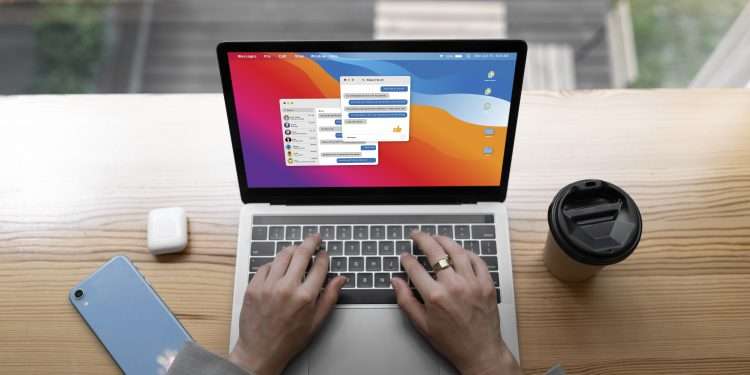In an era where firmware-level cyberattacks are rewriting the rules of digital warfare, Microsoft has taken a monumental leap to fortify the backbone of modern computing: the Microsoft UEFI security (Unified Extensible Firmware Interface). The discovery of critical vulnerabilities like CVE-2024-7344, a devastating Secure Boot bypass flaw exploited by the BlackLotus bootkit, exposed a chilling reality attackers could hijack systems before the operating system even loads, rendering traditional defenses obsolete.
In response, Microsoft has unveiled a dual-pronged strategy combining cutting-edge automation and cryptographic innovation. Central to this effort is the PowerShell script KB5053484, a tool designed to seamlessly migrate systems to the Windows UEFI CA 2023 certificate, phasing out legacy keys vulnerable to exploitation.
This move not only neutralizes threats like BlackLotus but also redefines Microsoft UEFI security by embedding resilience into the very fabric of Secure Boot. As firmware vulnerabilities dominate headlines, Microsoft’s proactive cybersecurity updates signal a paradigm shift: no longer content with patching holes, the tech giant is rebuilding the walls

The Rising Threat of UEFI Bootkits and Microsoft’s Countermeasures
Modern computing relies heavily on Microsoft UEFI security (Unified Extensible Firmware Interface) to manage the boot process, but its firmware layer has become a prime target for sophisticated attacks like BlackLotus, a UEFI bootkit capable of bypassing Secure Boot defenses. By exploiting vulnerabilities in Secure Boot’s chain of trust, attackers can implant malware that survives OS reinstallation and evades detection tools like Microsoft Defender.
BlackLotus: A Persistent Threat to Secure Boot
Discovered in 2023, BlackLotus (CVE-2023-24932) allows attackers with physical or administrative access to deploy malicious code during boot-up, undermining critical security layers such as BitLocker and HVCI. Microsoft’s initial 2023 patches were optional, but the 2025 PowerShell script (KB5053484) marked a turning point. This script updates bootable media to trust the Windows UEFI CA 2023 certificate, closing gaps left by outdated 2011 certificates.
CVE-2024-7344: The Flaw That Shook Secure Boot’s Foundations
In January 2025, Microsoft patched CVE-2024-7344, a critical Secure Boot bypass vulnerability affecting systems using third-party recovery software. Researchers found that a signed UEFI application, reloader.efi, used a custom PE loader to execute untrusted code during boot, bypassing Secure Boot checks.
How the Exploit Worked
- Insecure Firmware Utilities: Vendors like Howyar Technologies and Greenware embedded reloader.efi into recovery tools, leveraging Microsoft’s 2011 UEFI CA certificate.
- Custom PE Loader: Instead of secure Microsoft UEFI security functions like LoadImage, the loader skipped signature verification, enabling bootkit deployment.
- Delayed Mitigation: Despite being reported in July 2024, the patch arrived seven months later, highlighting challenges in coordinating fixes across vendors.
Microsoft’s Multi-Layered Defense Strategy
1. PowerShell Automation for Secure Boot Management
Microsoft introduced PowerShell cmdlets like Set-SecureBootUEFI and Get-SecureBootUEFI to manage UEFI variables (PK, KEK, DB, DBX). These tools enable administrators to enforce Secure Boot policies, append revocation lists, and verify firmware integrity.
Key Commands for System Admins
# Update DBX (Forbidden Signatures Database)
Set-SecureBootUEFI -Name DBX -ContentFilePath FormattedVariable.bin -SignedFilePath SignedPackage.p7
# Verify Secure Boot Status
Confirm-SecureBootUEFI # Returns $True if enabled :cite

2. Revoking Vulnerable Certificates
Microsoft invalidated the 2011 Microsoft UEFI security CA certificate, replacing it with the Windows UEFI CA 2023. This move prevents attackers from exploiting legacy-signed binaries.
3. Enterprise-Grade Security Baselines
The Windows Server 2025 Security Baseline introduces stricter policies, including:
- Account Lockout Threshold: Reduced from 10 to 3 failed attempts.
- Local Administrator Password Solution (LAPS): Enhanced password history management and post-authentication actions.
Implications for Enterprises and Home Users
For Enterprises
- Mandatory Firmware Updates: By 2026, all Windows systems must adopt the 2023 CA certificate.
- Testing Requirements: IT teams must validate updates in controlled environments to avoid boot failures.
For Home Users
- Automatic Patching: Windows Update now prioritizes UEFI-related fixes.
- Physical Security: BlackLotus requires physical access, emphasizing the need for device encryption.

Looking Ahead: The Future of Secure Boot
1. AI-Driven Vulnerability Detection
Microsoft’s collaboration with tools like Unpatched.ai highlights a shift toward AI-assisted vulnerability discovery, though human oversight remains critical.
2. Industry-Wide Collaboration
The CVE-2024-7344 incident underscores the need for stricter third-party Microsoft UEFI security app reviews and faster revocation processes. Microsoft now mandates stricter audits for firmware utilities .
3. Expanding Secure Boot’s Scope
Future updates may extend Secure Boot to protect IoT devices and Linux systems, which currently lack unified mitigation strategies.

Conclusion: A New Era of Firmware Security
Microsoft’s 2025 UEFI overhaul represents a paradigm shift in cybersecurity. By automating Secure Boot management, retiring legacy certificates, and enforcing stricter vendor policies, the company has fortified one of computing’s most vulnerable layers. However, the battle is far from over:
Critical Steps for Users:
- Apply the KB5053484 PowerShell script to update bootable media 11.
- Enable Secure Boot and verify its status using Confirm-SecureBootUEFI.
- Monitor firmware updates from OEMs like Dell and HP 10.
As firmware attacks grow in sophistication, Microsoft’s proactive measures set a benchmark for the industry—but vigilance remains the ultimate defense.














